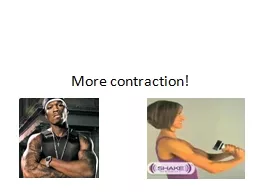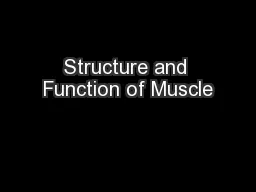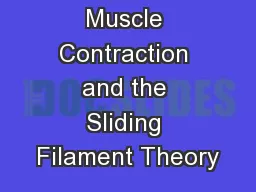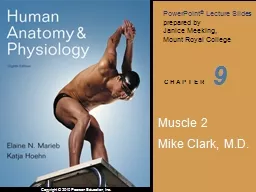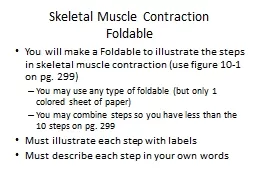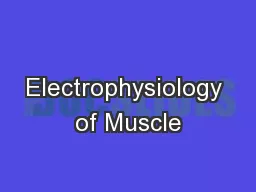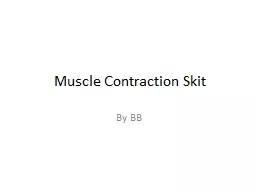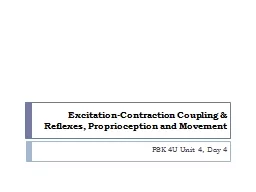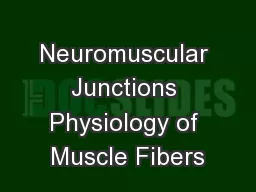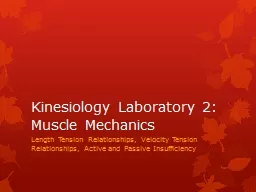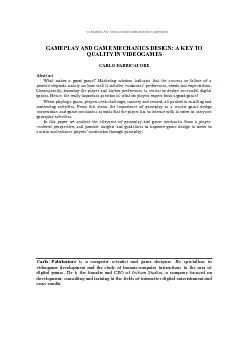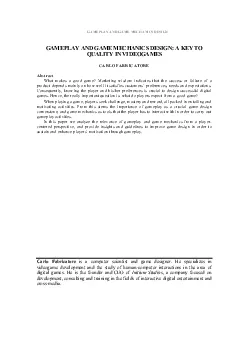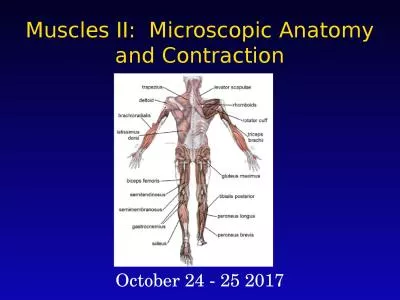PPT-More contraction! Review Principles of Muscle Mechanics
Author : julia | Published Date : 2022-05-17
Same principles apply to contraction of a single fiber and a whole muscle Contraction produces tension the force exerted on the load or object to be moved Review
Presentation Embed Code
Download Presentation
Download Presentation The PPT/PDF document "More contraction! Review Principles of..." is the property of its rightful owner. Permission is granted to download and print the materials on this website for personal, non-commercial use only, and to display it on your personal computer provided you do not modify the materials and that you retain all copyright notices contained in the materials. By downloading content from our website, you accept the terms of this agreement.
More contraction! Review Principles of Muscle Mechanics: Transcript
Download Rules Of Document
"More contraction! Review Principles of Muscle Mechanics"The content belongs to its owner. You may download and print it for personal use, without modification, and keep all copyright notices. By downloading, you agree to these terms.
Related Documents

